If one was asked where the biggest pyramid in the world is, most respondents would most likely answer “Egypt.” However, unbeknownst to most everyone, the largest pyramid in the world is actually in the town of Cholula, Mexico.
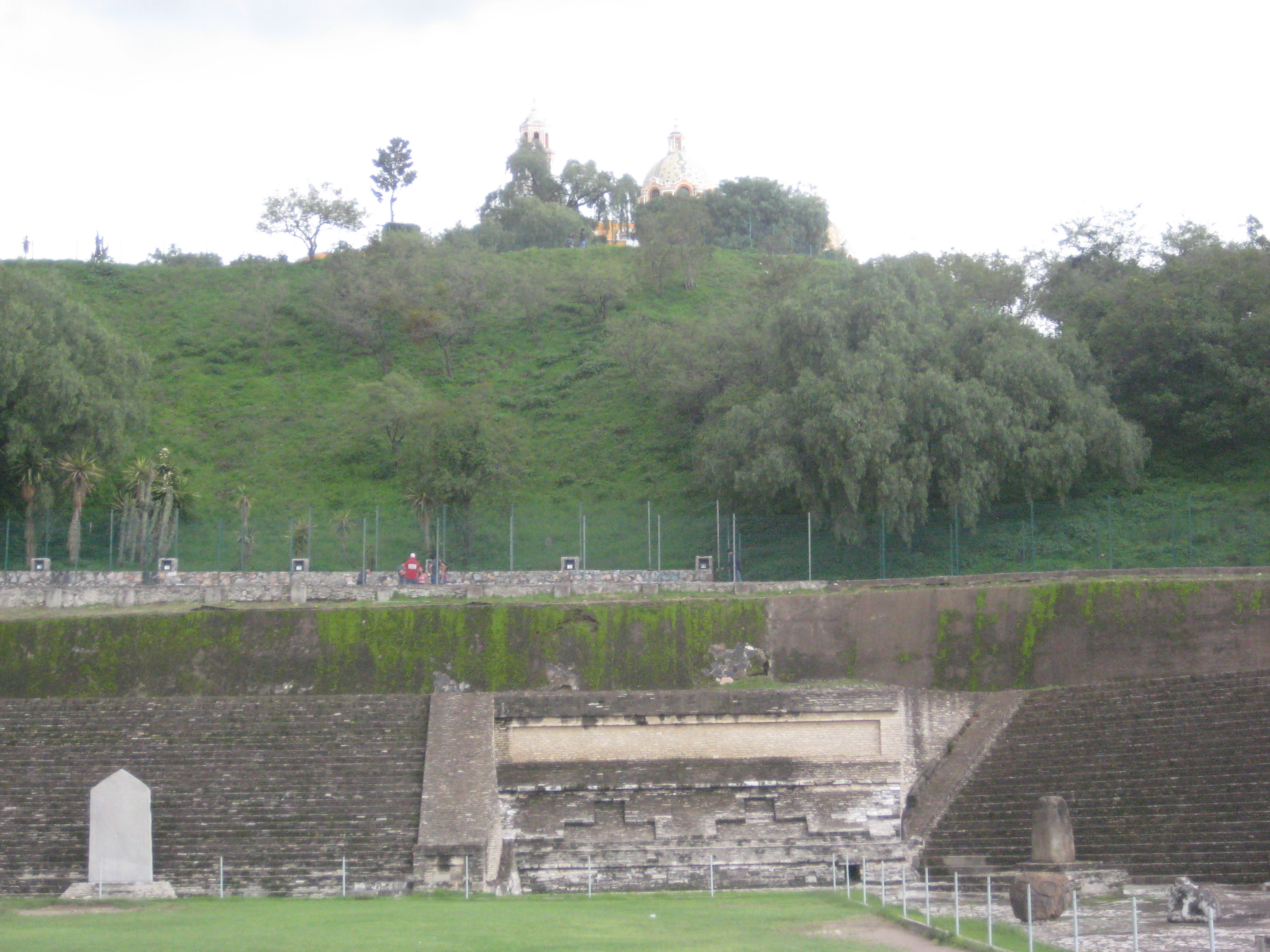
Some of the pyramid’s ruins are exposed at the bottom of the hill, while a church is at the top
Cholula is a town about 20 minutes from Puebla, which itself is about 90 minutes away from Mexico City, depending on traffic. At this point, it’s more or less a suburb of Puebla due to the rapid growth of Puebla. Puebla has benefited from the explosion of the automotive industry in Mexico. There is even a street called Via Volkswagon in Puebla, one of the major employers in the region.
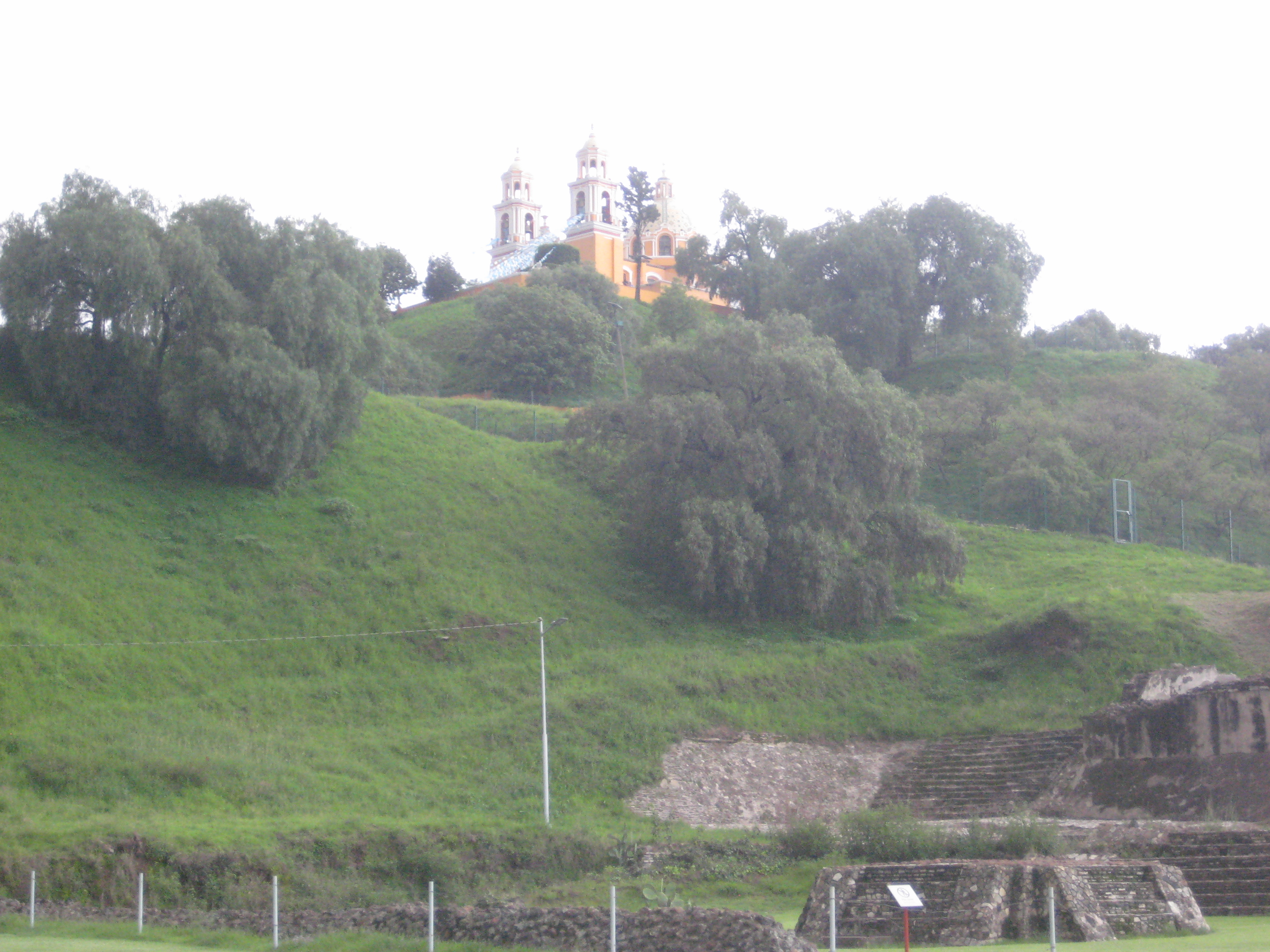
Some of the pyramid’s ruins are exposed at the bottom of the hill, while a church is at the top
Besides the obscurity of the fact that the largest pyramid in the world is in Central Mexico, what makes this fact even more bizarre is that the pyramid is mostly hidden under a hill. When Hernan Cortes and his Spanish troops arrived in the early 1500’s, they did not ever realize that there was a pyramid hidden under hundreds of years of vegetation and overgrowth. There was a temple at the top, but in typical Spanish style, this “demonic” site was razed and a church was built on the top of the hill in its place. The church itself is aesthetically pleasing, but it is a bit surreal and odd to think that there is a church on top of a pyramid, and doubly ironic that this church is in the place where the demonized natives prayed for centuries before the Spanish ever arrived.
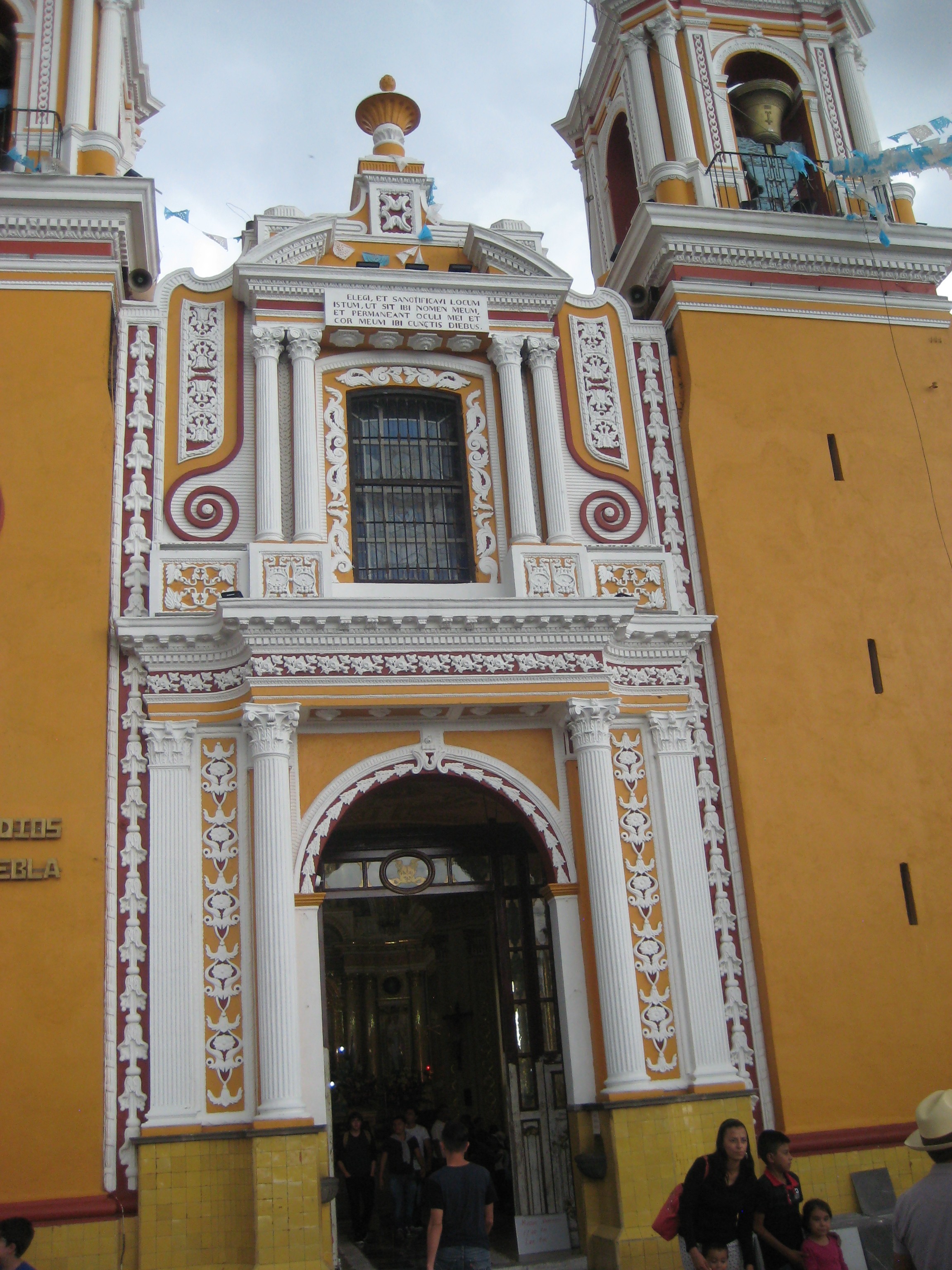
Iglesia de Nuestra Señora de los Remedios
There were two excavation efforts, both in the last century. One was from the 1930s until the 1950s, and the other one during the late 1960s. The main result of these excavations are tunnels that tourists can walk through. There are also some ruins at the bottom of the hill that have been exposed. It’s rather amazing that with the other well-known pyramids in Mexico such as Teotihuacan, Palenque, and Chichen-Itza, that more efforts haven’t been made to excavate Cholula’s pyramid as well. However, it must be stated that the aforementioned church and a newly built light rail station have made the prospect of full excavation practically impossible. The church itself has become something of a holy symbol so tearing it down to excavate the pyramid is a no-go at this point in the heavily Catholic nation.
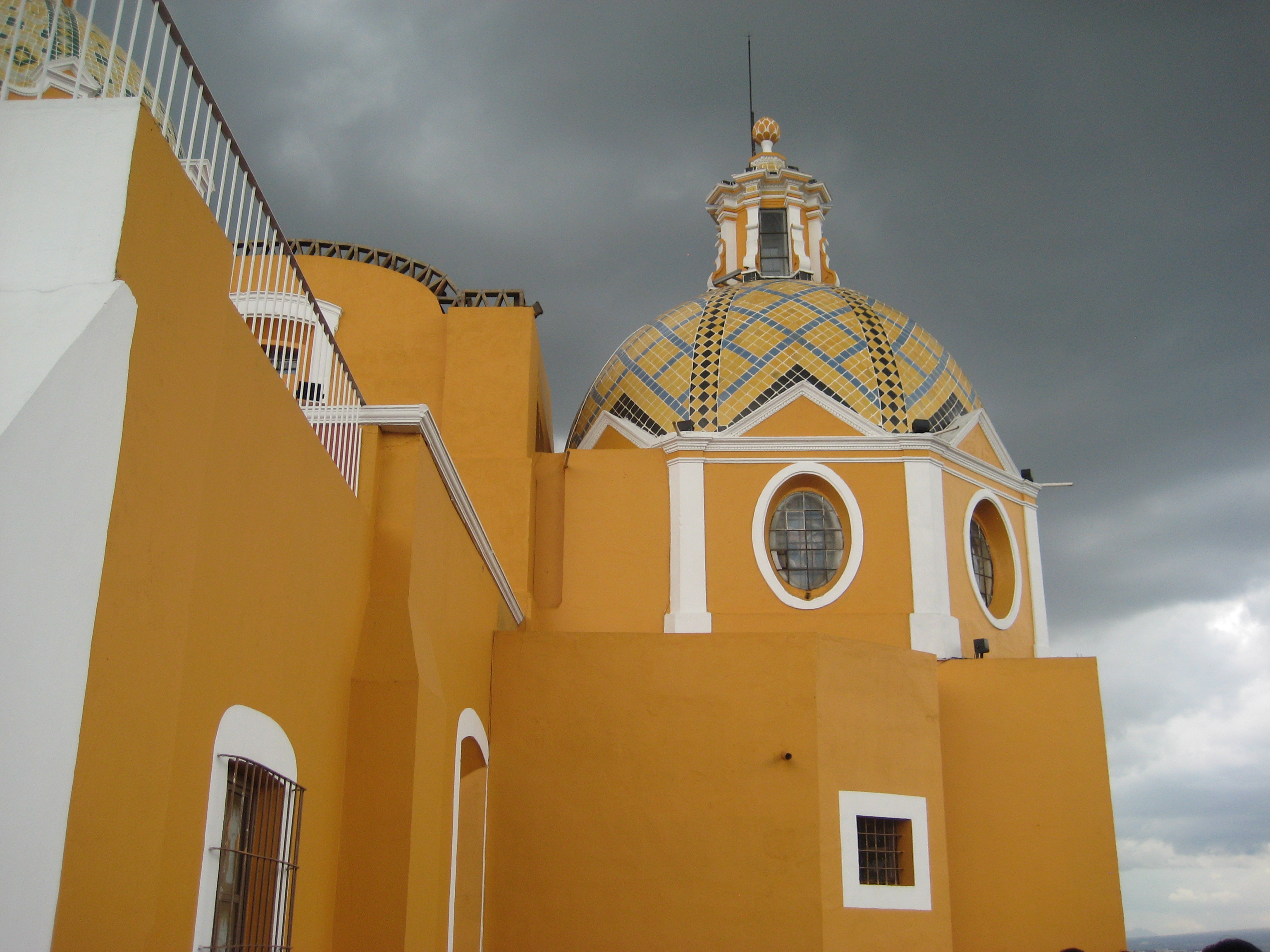
Iglesia de Nuestra Señora de los Remedios
As a tourist, there are four main attractions in the pyramid area. Upon the entrance area, there are some dancers that do traditional pre-Colombian dances. There is a ramp that goes to the top of the hill, where the church is. It’s a somewhat strenuous walk, but not too much. The view on this day was hazy because the nearby volcano had some mild eruptions earlier in the morning.
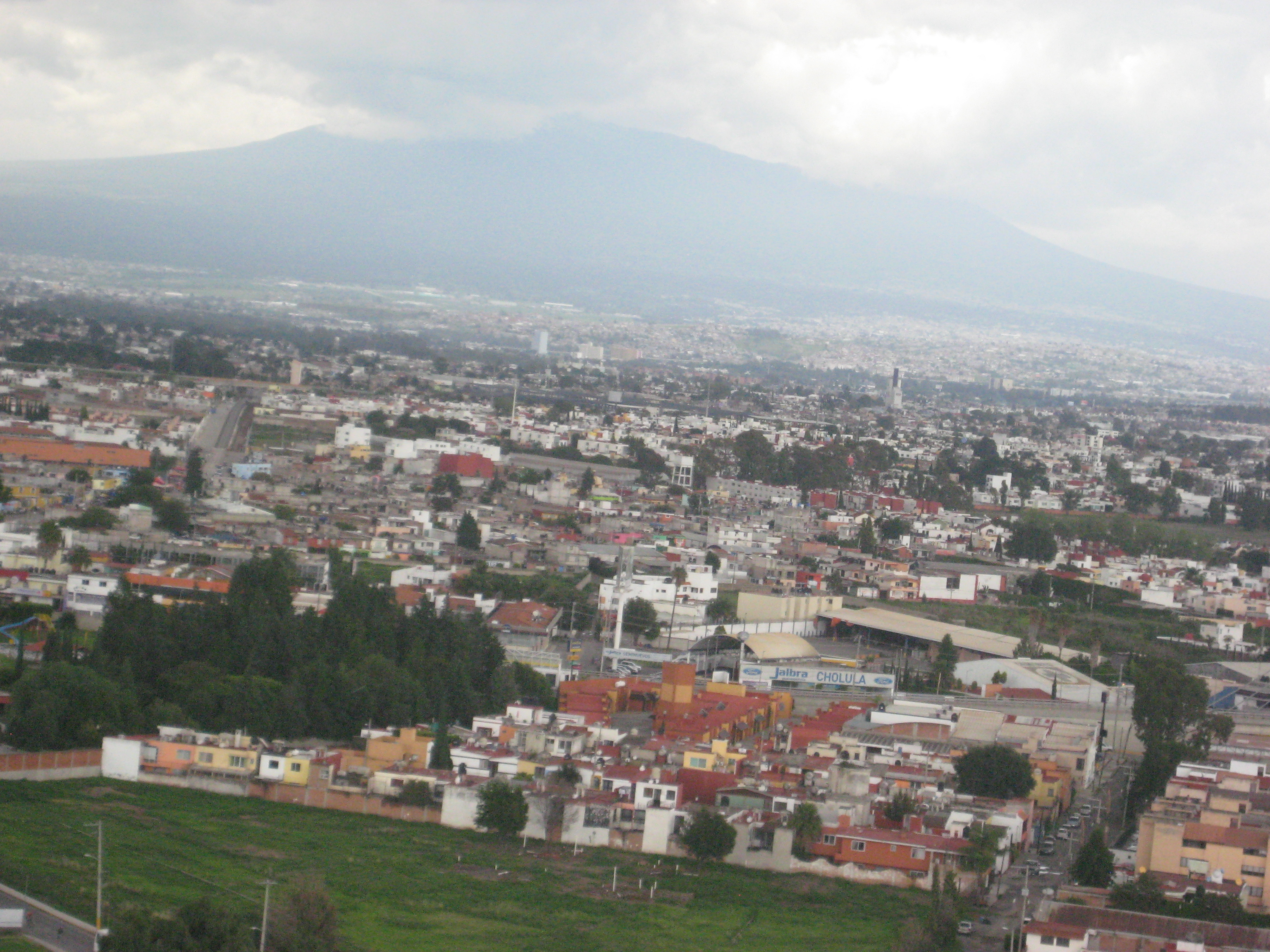
View from the top, Popocatépetl volcano in the background
After going to the top, I headed to the tunnels. Evidently there was no admission charge on this day so I sauntered right in. The tunnels had some displays on the sides which were rather amazing, particularly the steps. Unfortunately, due to the crowd I didn’t have time to stop and take pictures.
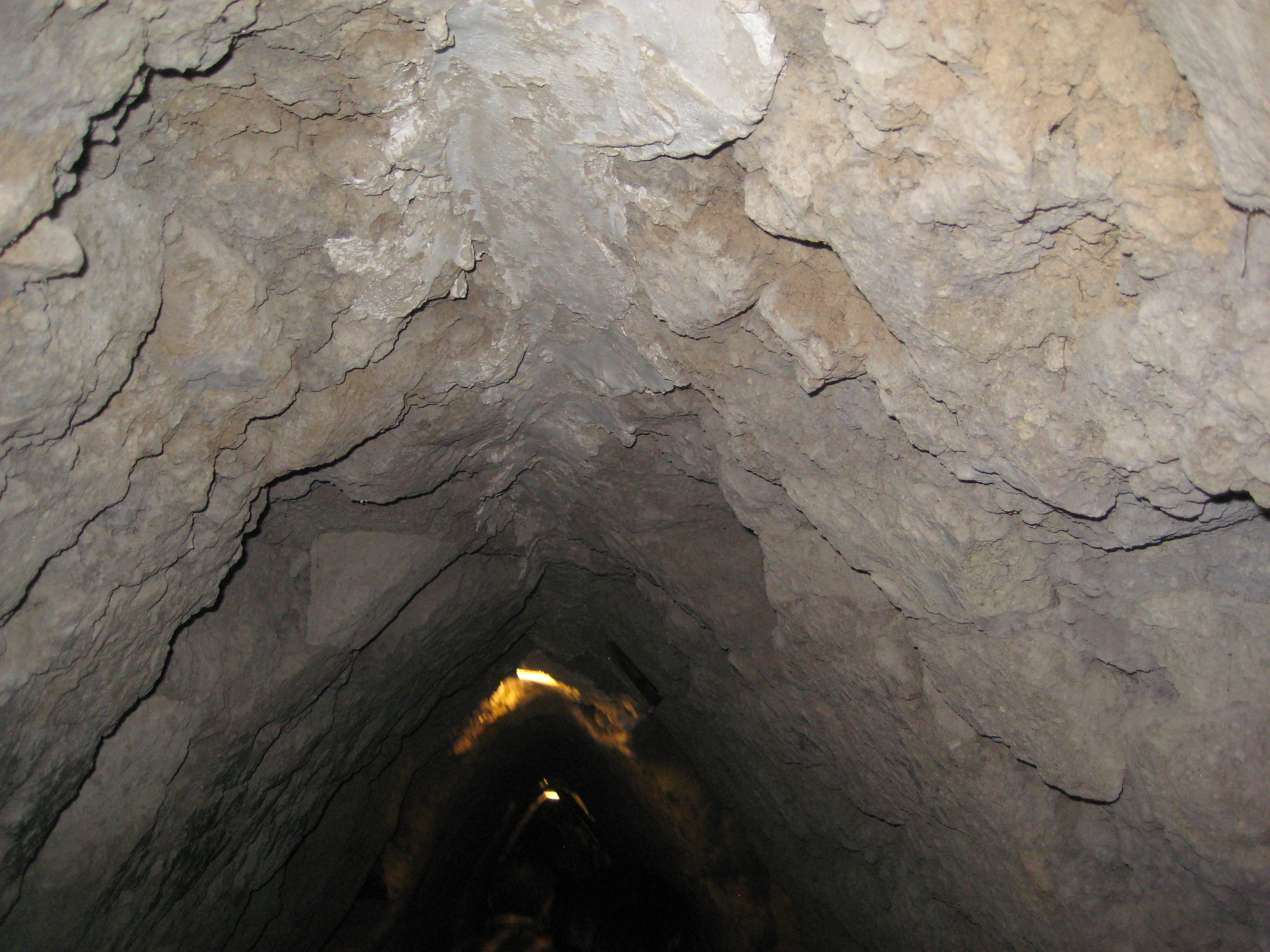
Tunnel
After the tunnels finish, there is a path that leads to the archaeological zone. This zone is similar to ruins I saw in Peru, which is 6 hours further in another continent. The modest amount of ruins that were excavated just show the massive volume of the hidden pyramid. The fact that the pyramid is hidden drives one’s imagination wild with images of what could be hidden underneath.
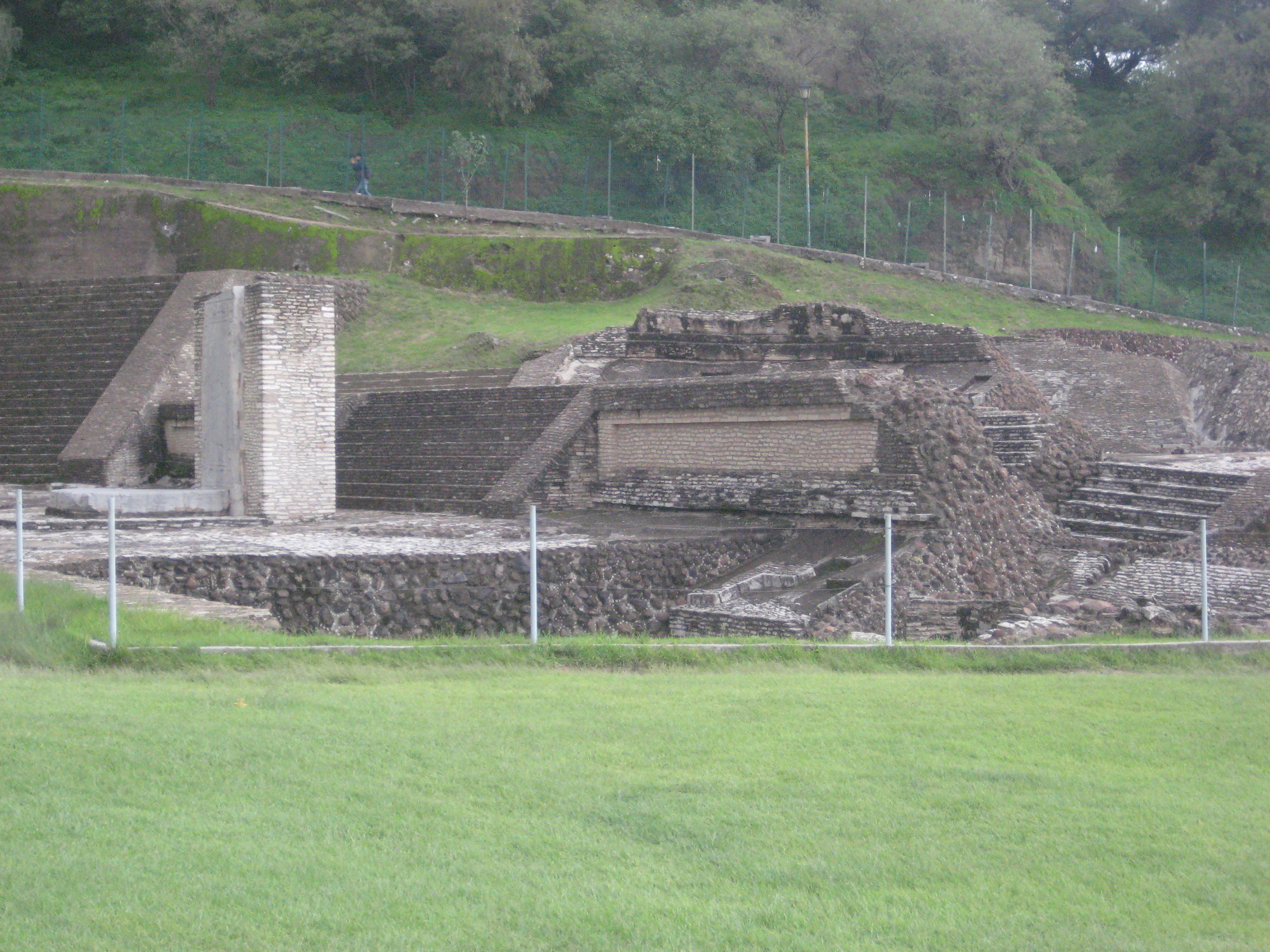
Archaeological zone
There is also a museum in the area but I didn’t have time to check it out.
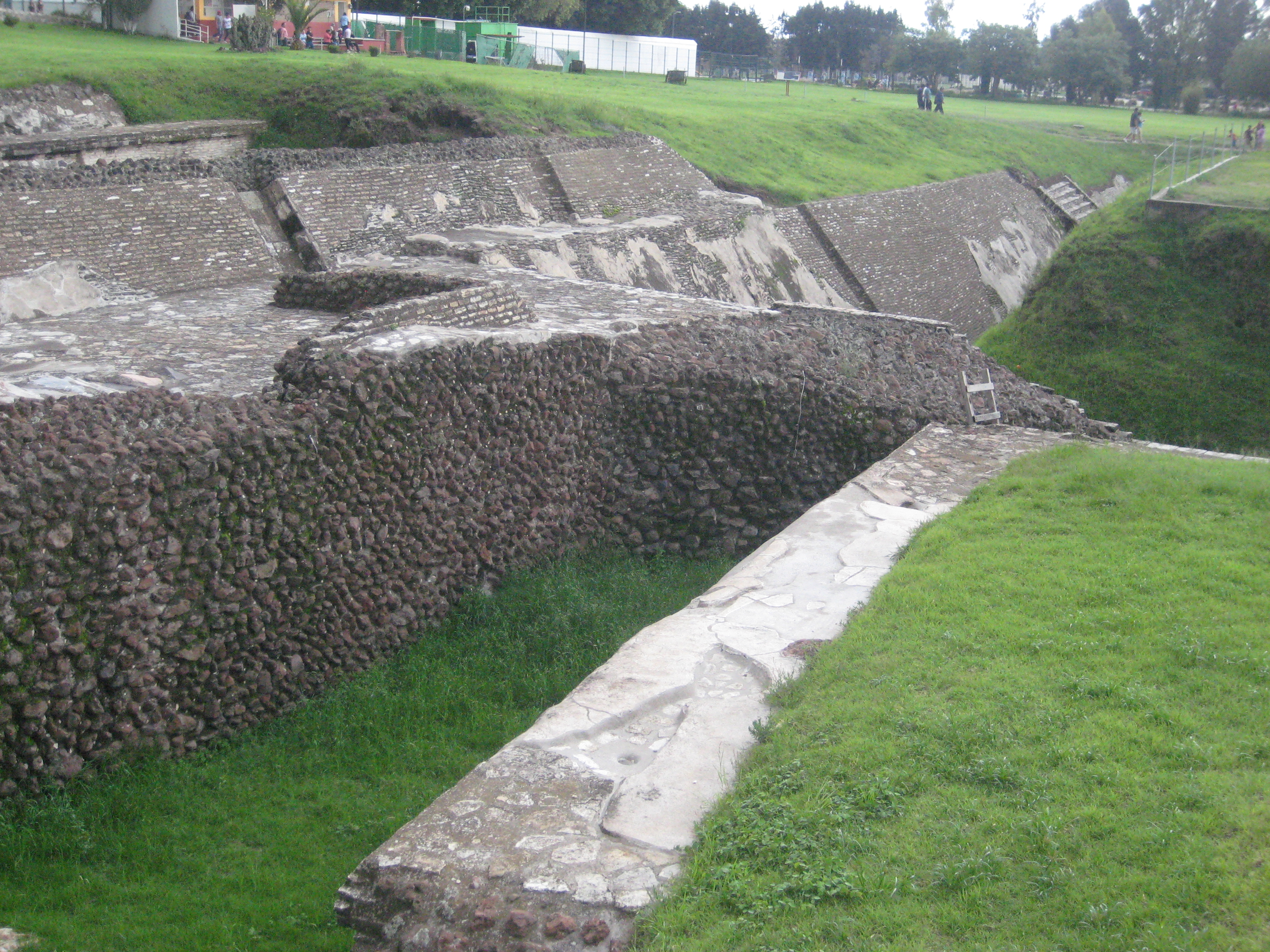
Archaeological zone
After this, it was back to Puebla. The light rail, a pet project of billionaire Carlos Slim, opened just earlier this year; it is the first intercity passenger rail project in Mexico in two decades. It only runs three times a day on weekdays, and four on weekends. It travels on an old rail route that once traversed between the cities.
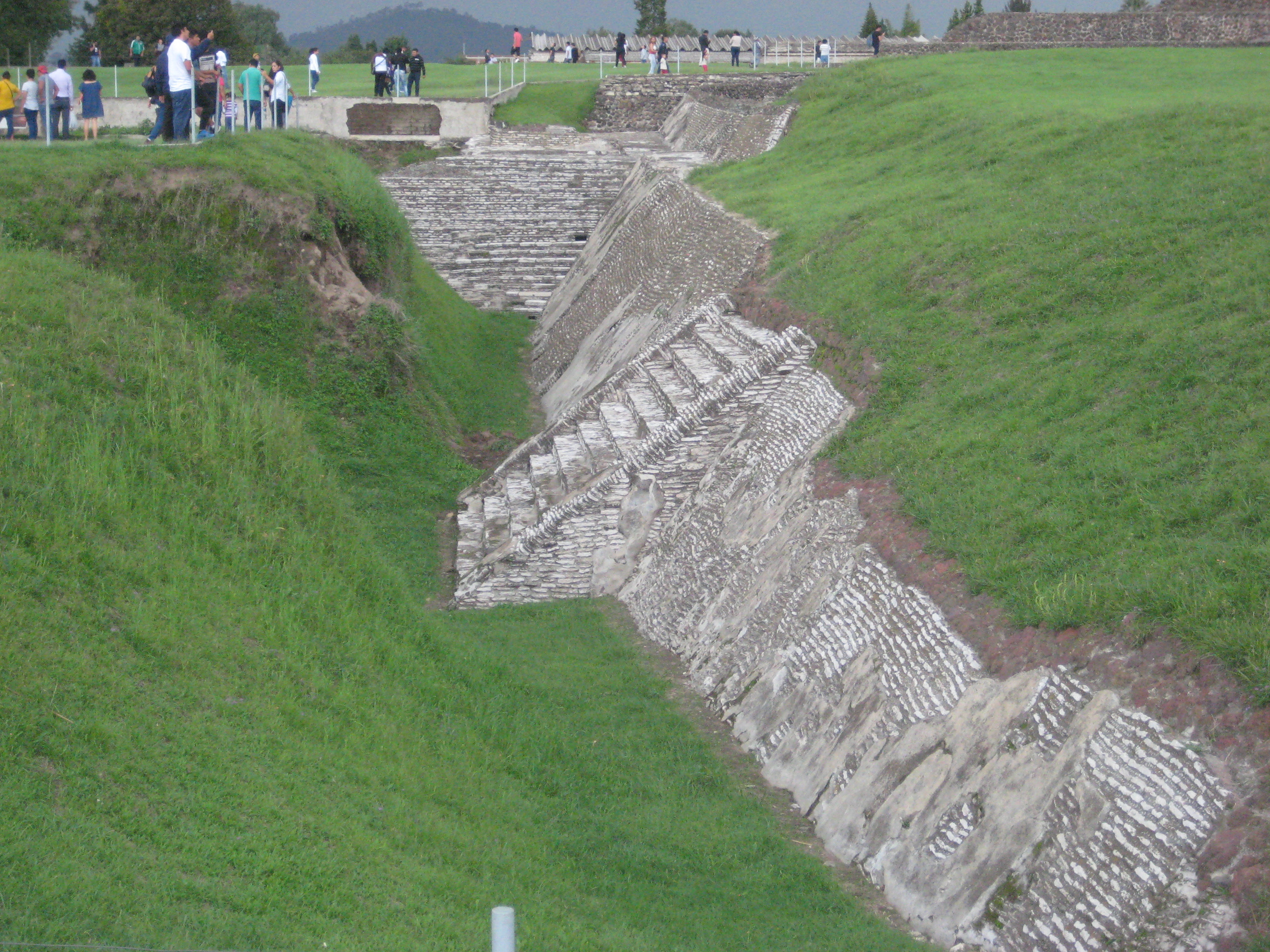
Archaeological zone
All in all, it was a fantastic experience to be able to visit such a global landmark. I only wish I had more time, and plan to return to the area in the near future. There are also two other sets of ruins nearby, Cantona and the neighboring sites of Cacaxtla and Xochitecatl. These sites are widely unknown and also worth visiting, perhaps I will have the opportunity to see them during my next visit.
